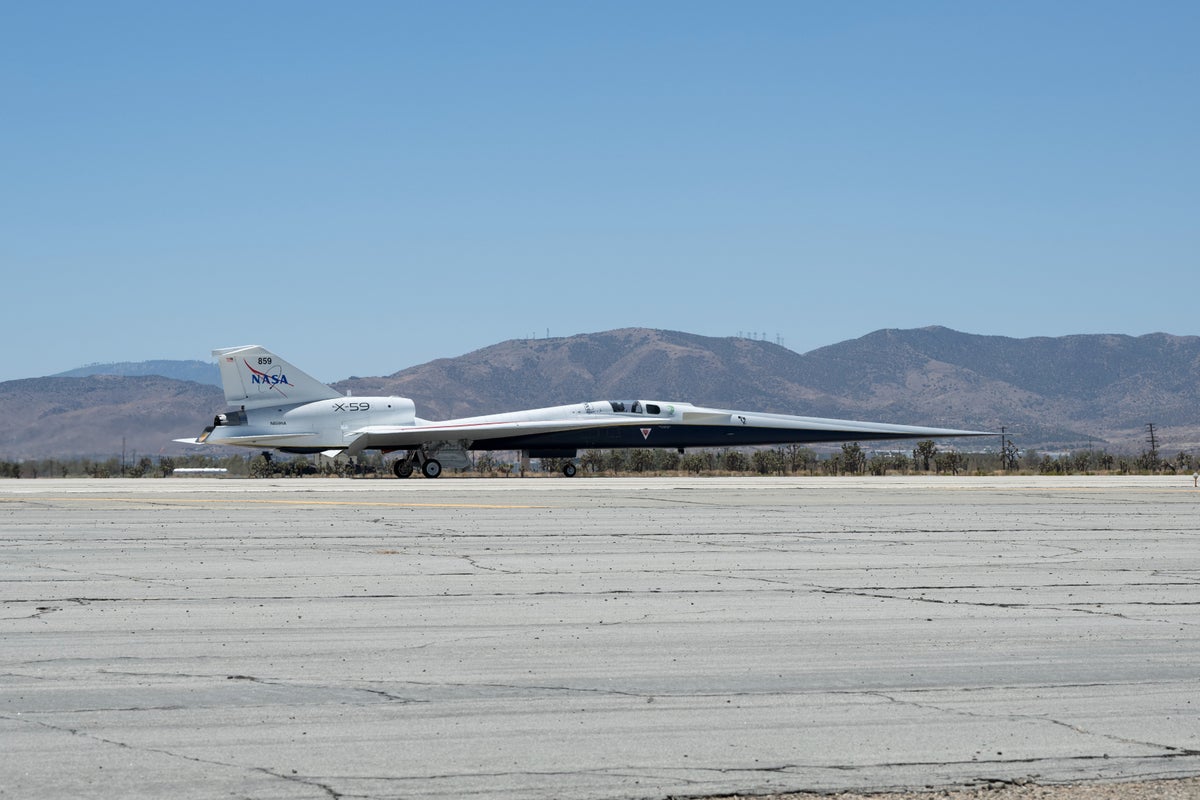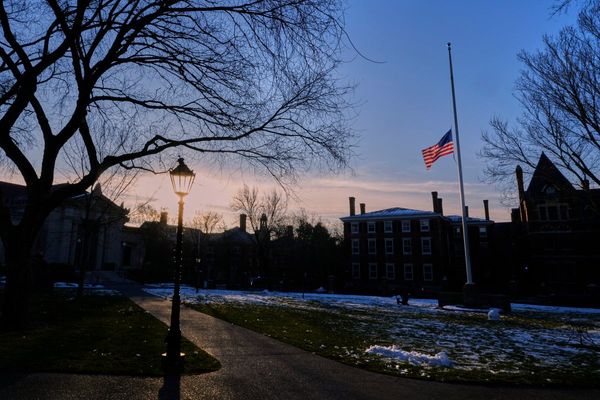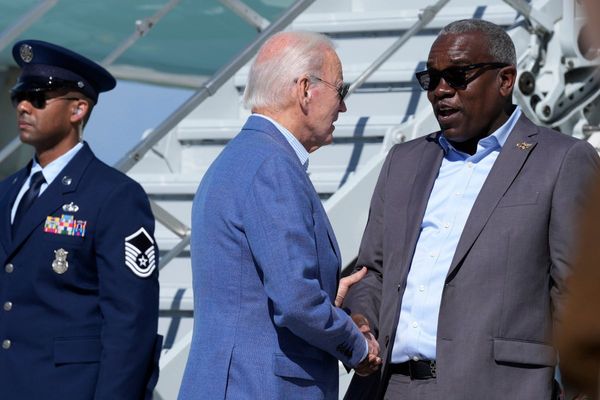
NASA has begun testing a new supersonic aircraft, almost 22 years after Concorde flew its last passenger service.
The “quiet” X-59 research aircraft – 99.7 feet long, with a wingspan of 29.7 feet – is designed to fly faster than the speed of sound, without generating loud sonic booms.
On 10 July, NASA test pilot Nils Larson performed the X-59’s first low-speed taxi test at US Air Force Plant 42 in Palmdale, California.
During the taxi test, flight crews monitored steering and braking systems as the aircraft manoeuvred the runway.
According to NASA: “Over the coming weeks, the aircraft will gradually increase its speed, leading up to a high-speed taxi test that will take the aircraft just short of the point where it would take off.”
The X-59 is part of NASA’s Quesst mission to complete a quiet supersonic flight with a “thump” rather than a sonic boom.
The space administration says that the aircraft is expected to fly at 1.4 times the speed of sound, or 925mph, with the potential to connect New York and London in three and a half hours.
NASA said that data gathered from the X-59 test flights will be used to inform “acceptable noise thresholds” for commercial supersonic flights over land.
On 27 April 1973, the US federal government banned all civilian supersonic flights over land to prevent the resulting sonic booms from startling the public.
NASA's Quesst mission integration manager Peter Coen previously said: “Instead of a rule based solely on speed, we are proposing the rule be based on sound. If the sound of a supersonic flight isn’t loud enough to bother anyone below, there’s no reason why the airplane can’t be flying supersonic.”
Concorde, the last supersonic passenger service, was operated by British Airways from New York's JFK Airport to London's Heathrow Airport on 24 October 2003.
The supersonic aircraft suffered a catastrophic crash in Paris on 25 July 2000, which, along with high operating costs and declining passenger numbers, caused the aircraft to be retired.
For more travel news and advice, listen to Simon Calder’s podcast







